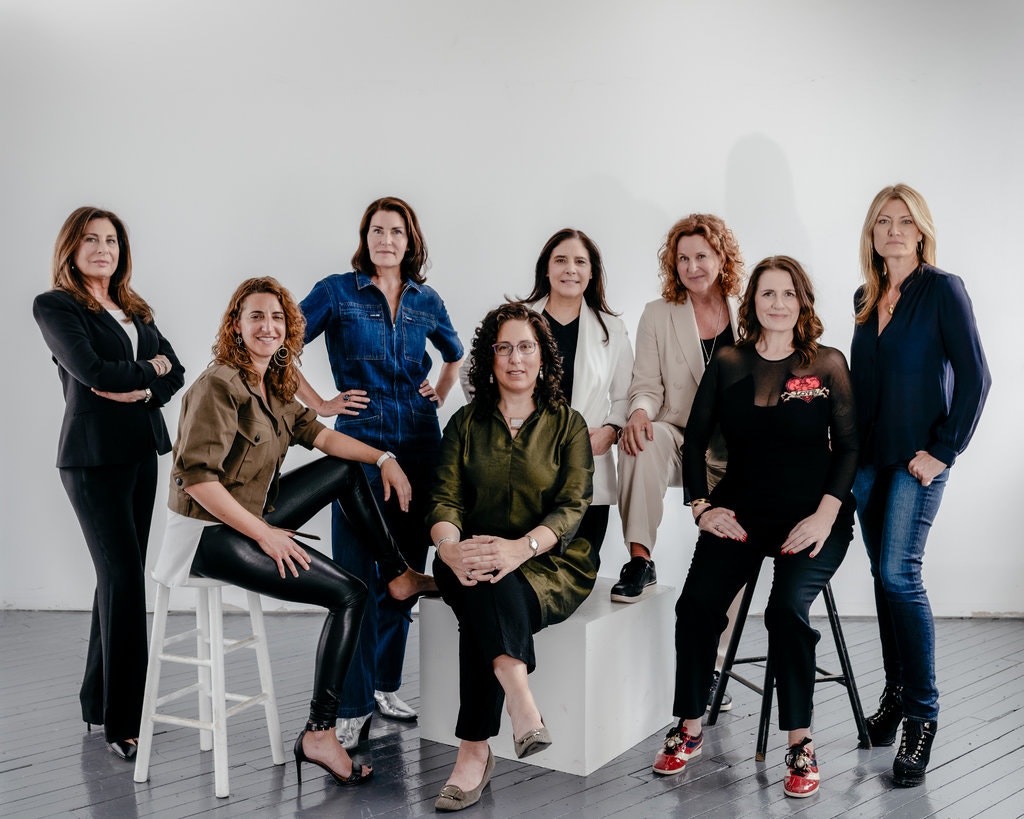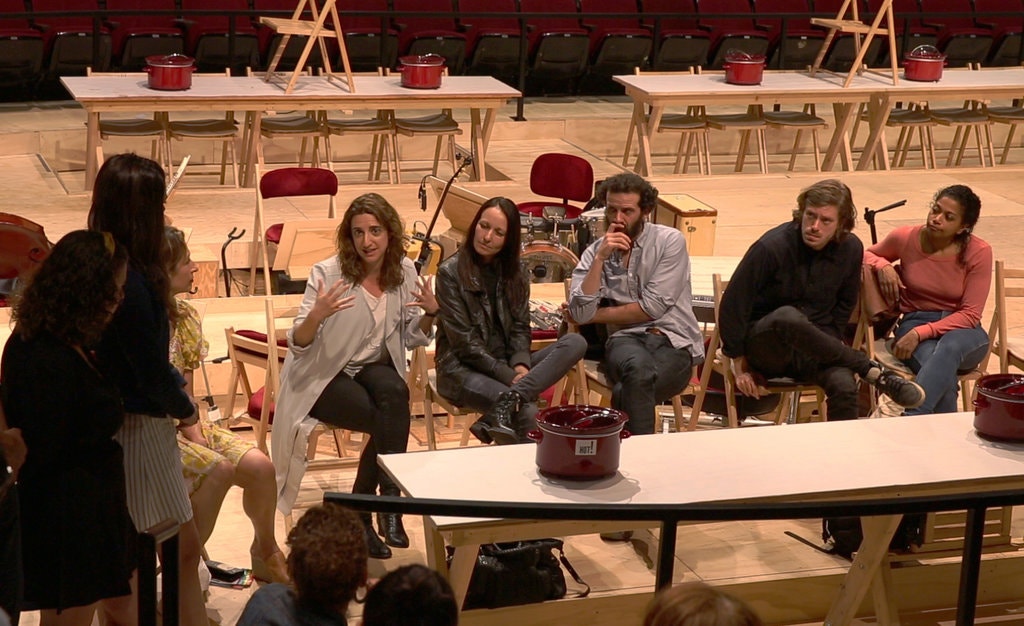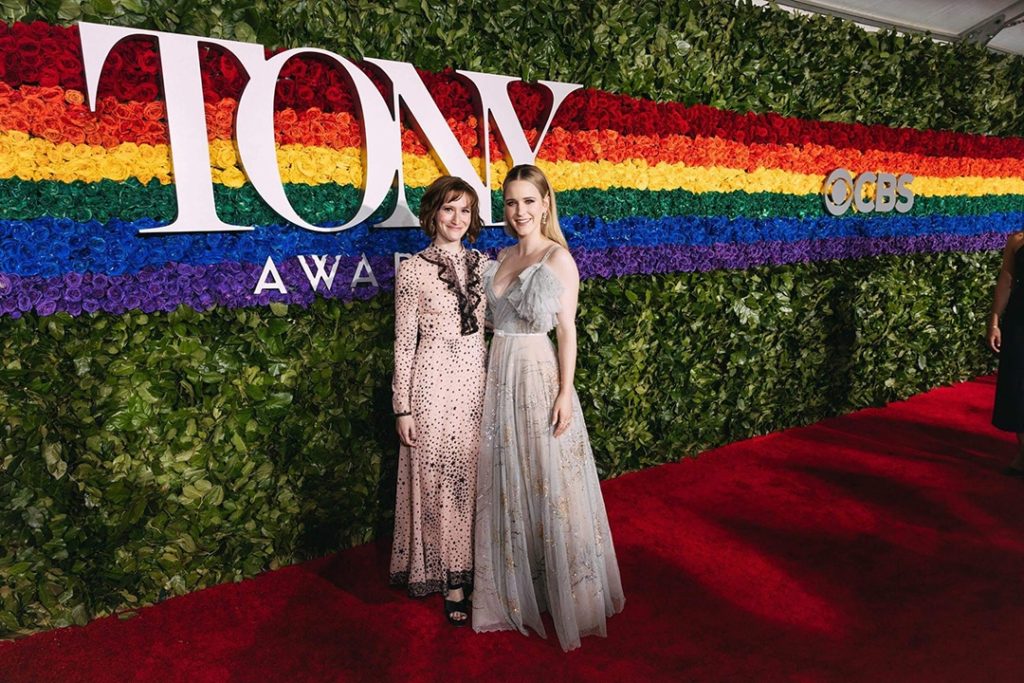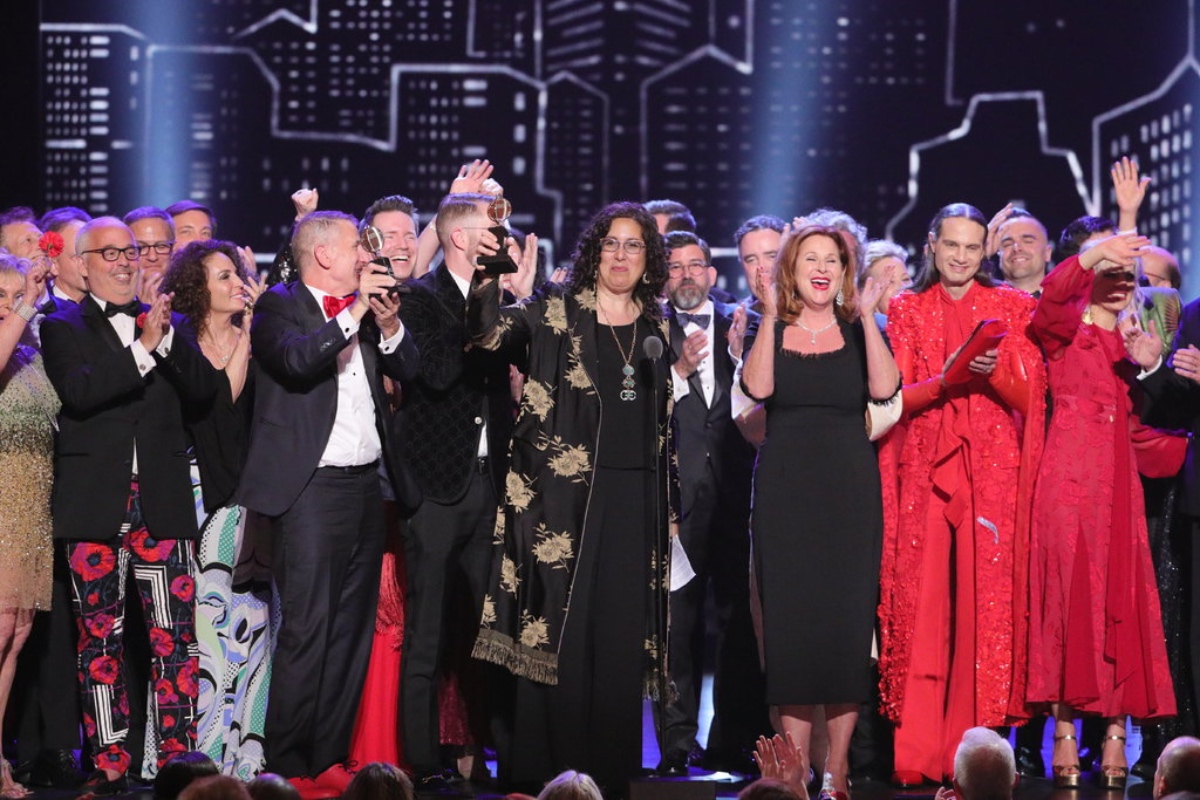The gig economy is alive and well. In fact, this modern online phenomenon has only…
On Broadway: Female Producers Making Moves
From Paula Wagner (“Pretty Woman”) to Eva Price (“Jagged Little Pill”) and Mara Isaacs (“Hadestown”) to Lia Vollack (“Almost Famous”), female producers are making their mark on Broadway.
Three of the four top winners at the 2019 Tony Awards were women. First-billed lead producers Isaacs and Dale Franzen of “Hadestown,” Sonia Friedman of “The Ferryman,” and Eva Price of “Oklahoma!” Tony Award and Olivier Award-winning powerhouse Catherine Schreiber, became the first woman to win the prestigious Broadway Global Producer of the Year award in 2017. Female producers also helmed the hits “Dear Evan Hansen” (Stacey Mindich) and “Come From Away” (Sue Frost).
And the list goes on: Carmen Pavlovic is the lead producer of “Moulin Rouge!,” which opened in July. Kristin Caskey is leading “American Utopia”, the David Byrne concert show, and Beth Williams produced “Diana,” a musical about the life and death of the British princess, opening in March.
These powerhouse women come from an array of fields, from the nonprofit theatre and film business worlds to the corporate entertainment and recording industries. Their ascendance promises to reshape the landscape of theatre, paving the way for greater diversity in the top ranks of a hierarchy long dominated by white men.

“We’re obviously in a really great position right now,” Mara Isaacs of “Hadestown” told The New York Times. “But we’re not taking that for granted.”
Julia Jordan, Executive Director of The Lillys, an organization that advocates for women theater artists agreed. “There’s been such a change. Some sort of tipping point was reached this year.”
More work to be done
It’s certainly an improvement from nearly two decades ago, when the New York Post ran headlines like, “SHOW GIRLS: THESE PLUCKY WOMEN ARE AMONG BROADWAY’S BEST PRODUCERS.” Girls. Plucky. Really?
But there’s still a long way to go to reach parity between men and women, on and off Broadway. Women, along with people of color, continue to be significantly underrepresented in positions of power.
Consider:
- The Back Stage Broadway Power List in 2012 included 24 men and only one woman: Pulitzer Prize-winning Daryl Roth.
- The 2018 “Women Count: Women Hired Off Broadway” report showed female director credits ranged from a low of 37% in 2013-14 to a high of 47% in 2017-2018.
- Broadway producers have hired a total of 5 female sound designers. Ever.
- A review of Broadway data by Valerie Novakoff showed that 28% of commercial shows on Broadway between 2013-2018 had a female lead producer.
Barriers to power
Novakoff, an associate producer, plans to invest in women-led productions and leadership by starting a private equity fund next year, according to The New York Times. That investment, along with the continued advancement of female producers, will hopefully lead to more women directors and writers on Broadway as well as more women-centric stories.
Women working on Broadway were traditionally relegated to so-called “feminine” roles like costume design and opening-night party planning—similar to those working in journalism, who were assigned to lifestyle coverage while men took over police beats. Aspiring female producers have also faced hurdles like family responsibilities, old-school cronyism, and plain old sexism and inertia.

“There are significant unseen hurdles to leading a show to Broadway, some of which have implicit gender bias—there’s a lot of ‘She’ll never be able to do that’ and ‘What does she know?’,” said Isaacs of “Hadestown.” “There were a lot of things we had to do that men would never be asked to do—proving how we were raising money, who our investors were, and that the show was ready.”
Tony Award-nominated producer Rachel Sussman, who is co-producing a musical called “Suffragist” with a largely female creative team, told Playbill in June that she didn’t have female mentors until recently.
“There were certainly incredible male mentors for me, but even today, when you think of female lead producers on Broadway, there’s maybe a handful or so.”

“I think it’s our responsibility to mentor the next generation,” she added. “We need to actively create a pipeline for rising artistic leaders, specifically female producers, LGBTQ and non-binary producers, and producers of color. They are going to be doing the job with us and after us.”
Rachel Chavkin, director of “Hadestown,” won the 2019 Tony Award for best direction of a musical, and took it even further in her acceptance speech.
“There are so many women who are ready to go. There are so many artists of color who are ready to go. And we need to see that racial diversity and gender diversity reflected in our critical establishment, too,” Chavkin said. “This is not a pipeline issue. It is a failure of imagination by a field whose job is to imagine the way the world could be.”




